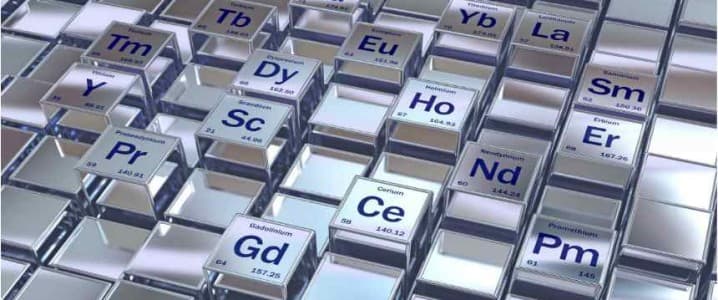China is expanding the list of rare earth elements under export control and is adding curbs on manufactured products that have used Chinese refining and magnet-making technology, in a move that further tightens China’s dominant control of critical materials.
Holmium, erbium, thulium, europium, and ytterbium are now also part of the export control list, for which foreign entities must seek licenses from the Chinese authorities to import.
China’s Commerce Ministry said on Thursday that companies connected to foreign militaries or placed on export-control or watch lists would be denied permits.
The export restrictions on technology take immediate effect, while the extended control over exports of rare earth elements will come into effect on December 1, per the Commerce Ministry’s statement carried by CNBC.
The new export restrictions come as the U.S. and China continue trade negotiations, while there is a possibility that U.S. President Donald Trump could meet with Chinese leader Xi Jinping at a summit of Asia-Pacific leaders in South Korea later this month.
At the beginning of April, China announced it would curb its exports of dysprosium, gadolinium, scandium, terbium, samarium, yttrium, and lutetium. These so-called “heavy” and “medium” rare earth elements are mostly used in automotive applications, including rotors and motors and transmission in electric vehicles and hybrids, as well as in the defense industry in parts of jets, missiles, and drones.
The Chinese export restrictions reverberated through global supply chains and were initially felt in the automotive industry, where major car manufacturing associations warned that production and assembly lines are being idled due to a bottleneck in magnet and rare earth supply.
Despite major deals and government support in the West for building domestic supply chains, China has raised its market share in critical minerals over the past few years, the International Energy Agency (IEA) warned earlier this year in its annual report.
China dominates refining for 19 of the 20 minerals the agency has analyzed, holding an average market share of around 70%.
“Three-quarters of these minerals have shown greater price volatility than oil, and half have been more volatile than natural gas,” the IEA said, noting that major risk areas include high supply chain concentration, price volatility, and by-product dependency.
By Charles Kennedy for Oilprice.com
More Top Reads From Oilprice.com:

